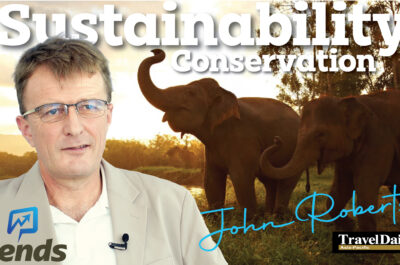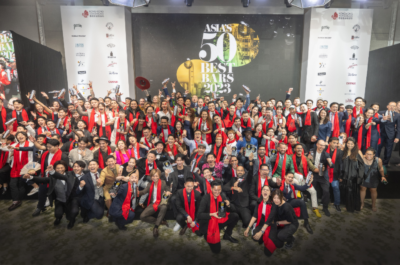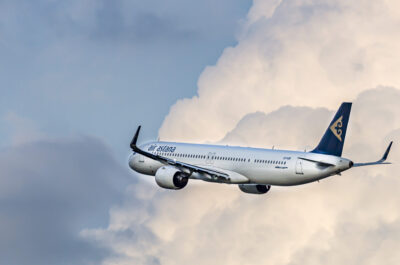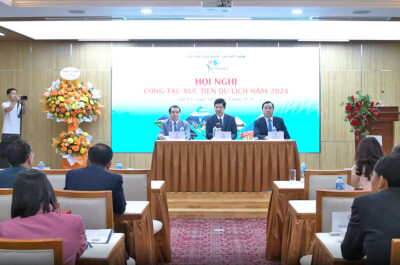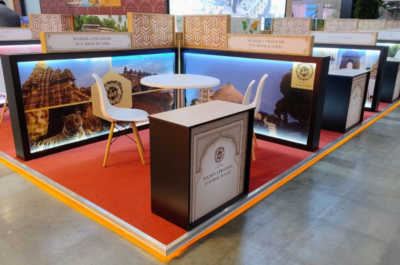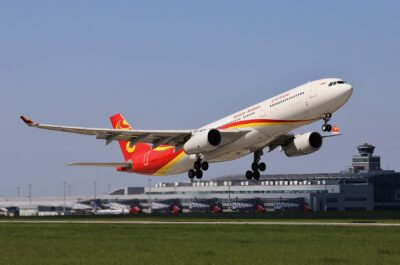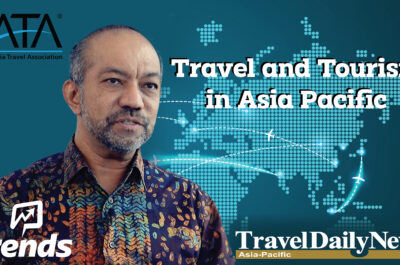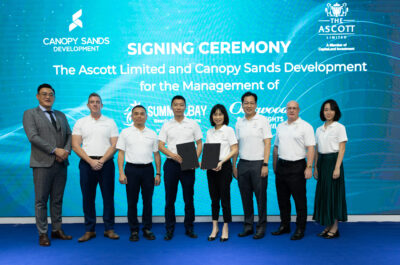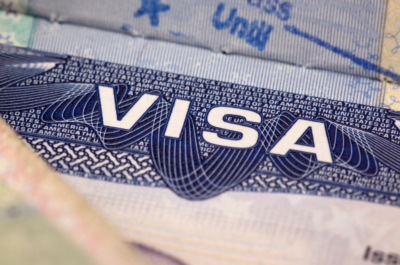Commenting today on the current well being of Australia’s tourism industry, Australian Tourist Commission Managing Director, Ken Boundy, discussed changes in consumer behaviour and the implications for the industry….
Commenting today on the current well being of Australia’s tourism industry, Australian Tourist Commission Managing Director, Ken Boundy, discussed changes in consumer behaviour and the implications for the industry.
Recent data and feedback within the ATC’s key markets indicates that inbound tourism is showing signs of growth in visitor expenditure and length of stay, despite fewer arrivals from some markets, Mr Boundy said.
What we have found is that consumer preferences are changing in terms of the products they buy and how they buy them. The implication for Australian tourism suppliers is that they need to offer tourism experiences that appeal to the many different sectors.
By promoting flexible, independent travel in our campaigns, our overseas marketing is on track to meet changing consumer behaviour.
Mr Boundy said the ATC is currently putting in place better methods of tracking the effectiveness of its marketing campaigns overseas, particularly in major markets such as the UK, USA and New Zealand.
Tracking strategies are enabling us to effectively measure a campaign’s impact on perceptions, attitudes and disposition towards Australia so we can adapt our activities to suit the needs of the market.
In New Zealand our recent tracking strategies are helping us to evaluate how far the campaign messages are penetrating the market, Mr Boundy said.
Successful campaigns over the past year have included the Discover Australia campaign in New Zealand, aimed at motivating New Zealanders to discover new Australian experiences and to stay longer and spend more.
In the US, the ATC’s approach has been to work in partnership with the major airlines to promote Heaps of Two Week Vacations from Under $2,000 via an integrated TV and online marketing campaign. The Stop Dreaming, Start Packing campaign, the major campaign in the UK, was geared at positioning Australia as a ‘visit’ now destination.
Current status of the industry (for the year end 30 June 2002):
In 2001- 02, Australia received 4.8 million international visitors.
Average expenditure in Australia was $2,566 per visitor.
The median duration of stay for all visitors in Australia was 10 nights. Of the main source countries, visitors from Canada (20 nights), the United Kingdom (20 nights) and Germany (25 nights) had the longest median length of stay.
11 per cent of all international visitors to Australia were classified as backpackers (defined as international visitors who spent one or more nights in a backpacker hotel or youth hostel during their stay) and they accounted for 27 per cent of nights spent in Australia. Backpackers contributed $2.5 billion of expenditure in Australia, an average of $5,313 per visitor.
The main reasons for visitors coming to Australia were: holiday (54 per cent); to visit friends and relatives (20 per cent); for business (15 per cent); for education (6 per cent); for employment (1 per cent); and for other reasons (4 per cent).
Theodore is the Co-Founder and Managing Editor of TravelDailyNews Media Network; his responsibilities include business development and planning for TravelDailyNews long-term opportunities.
